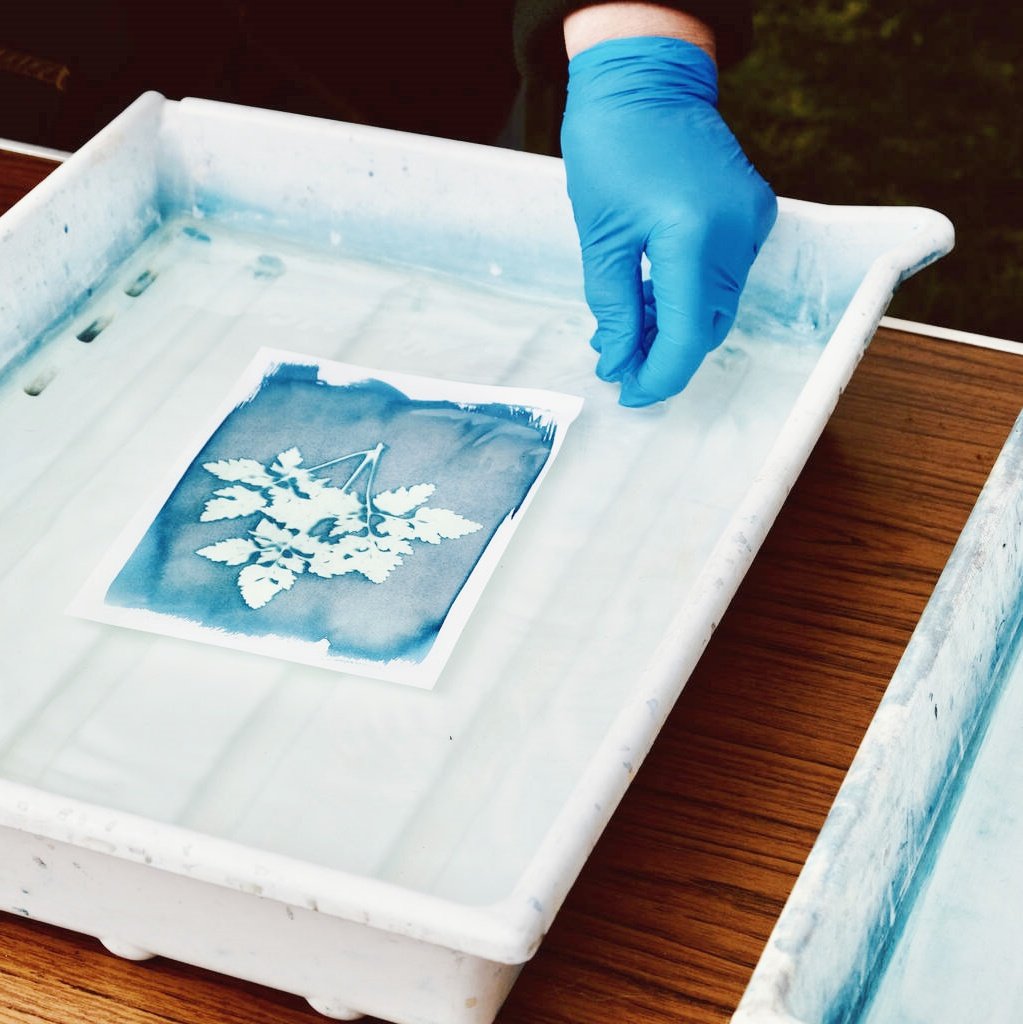If you’re looking to up your garment printing game, you’ve probably heard a lot about plastisol ink. This blog post dives deep into everything you need to know about using plastisol for screen print, transfer, and more. Whether you own a print shop, are a hobbyist screen printer, or just want to understand the difference between water-based and plastisol screen printing ink, you’re in the right place. We’ll break down printing processes, curing techniques, additives, ink mixing, and troubleshooting – so you’ll walk away with tips that can dramatically improve your next print. Don’t miss out on key details that could save you time, money, and headache on your next t-shirt or fabric project!
Table of Contents
1.What is Plastisol Ink Screen Print and Why is it Popular for Screen Print?
Plastisol ink is a thick, PVC-based ink designed specifically for garment and fabric printing, especially t-shirts. Unlike water-based inks, plastisol sits on top of the fabric, resulting in vibrant colors and a slightly raised texture known as “ink deposit.” It’s ready for use straight from the container, requiring no mixing with water, which makes it a favorite among print shops and the broader screen printing industry.
One reason plastisol ink remains the top choice for screen print jobs is its versatility and forgiving nature on press. You don’t have to worry about it drying out in your screen, which is a common frustration with water based inks. For large orders or intricate designs, plastisol’s superior opacity, especially when printing white plastisol or black ink on dark garments, ensures your designs look sharp and professional.
2.How is Plastisol Ink Screen Print Different from Water-Based Ink?
The battle between plastisol ink and water-based ink is legendary in screen printing circles. The most obvious difference is chemical makeup: plastisol is made from PVC particles suspended in a plasticizer, while water-based ink uses a water solvent as its base.
Plastisol excels in producing vibrant colors and can easily cover dark t-shirts with a single coat, thanks to its high opacity. Water based inks, however, soak into the fabric fibers and offer a softer hand (that “barely there” feel), but they may need multiple passes for truly bold colors. For beginners and busy print shops, printing plastisol is often easier because it doesn’t dry on the screen and lasts longer during the printing process. While water-based options are eco-friendlier and popular for certain “soft hand feel” projects, plastisol remains the workhorse of the screen printing industry.
3.How Do You Plastisol Ink Screen Print?
When you screen print with plastisol ink, start by prepping your screen with an emulsion for the best detail retention. Pull your squeegee at just the right angle and pressure – the ink deposit should sit neatly on the top of the fabric. This is especially important for tricky blends or polyester garments prone to dye migration.
A key tip: set up your press so that every print is consistent, and always test with a heat gun to ensure your plastisol ink is cured properly. Because plastisol remains wet until cured, handling uncured prints is a recipe for smudges. Once you’re confident with your registration and ink needs, plastisol makes multi-color jobs a breeze, thanks to its “ready for use” consistency.
4.What is the Curing Process for Plastisol Screen Printing Ink?
Curing is the magic moment when your plastisol transforms from wet ink to a durable, wash-proof print. Plastisol ink doesn’t air dry; it needs to be heated to a specific temperature (usually around 320°F, but always check your product’s label) to fully “cure.”
A conveyor dryer is the gold standard in most print shops, but you can also use a flash dryer or even a heat gun for small batches, as long as you hit the recommended cure plastisol point. Not properly curing plastisol ink leads to cracking, peeling, or washing out after just one cycle. A pro tip: always check the ink on the garment, not just the surface, by stretching the print to see if any cracks appear.
5.How Does Low Cure Plastisol Ink Help with Sensitive Fabrics?
Traditional plastisol requires high cure temperatures that can be tough on delicate fabrics like polyester or blends. Enter low cure plastisol, a newer type of ink designed to cure plastisol at a lower temperature (sometimes as low as 270°F). This reduces the risk of dye migration and scorch marks that can ruin a garment.
If you’re printing on performance wear or poly/cotton blends, low cure plastisol can be a game changer, especially when combined with low bleed ink formulas. These are specially formulated to prevent dyes from bleeding into your crisp white ink areas, keeping your designs looking professional and bright.
6.How to Mix Plastisol Ink: Tips on Ink Mixing and Additives
Mixing your own plastisol colors? A good ink mixing system is essential for consistency, especially when you need to match specific shades for branding. Always use the same base – whether it’s standard, puff, or non-phthalate plastisol – to achieve accurate color matching.
Looking for special effects? Additives allow you to create a range of textures, from “puff” effects to softer prints that mimic water-based hand feel. Just remember, too much additive can affect your ink’s ability to cure or its opacity, so test your blends before running a full production. Quality plastisol mixed with the right additives ensures each print pops and holds up wash after wash.
7.Understanding Transfers: Using Plastisol Ink Screen Print for Heat Transfers

Plastisol isn’t just for direct-to-garment printing. Heat transfers allow you to print designs onto transfer paper first, then apply them onto the final garment using a heat press. This method is perfect for on-demand printing or customizing names and numbers across a team’s jerseys.
When printing with plastisol inks for screen printing transfers, be sure the ink deposit is even and the transfer is fully cured before application. Transfers are versatile and can be stockpiled for later, making them ideal for print shops that need flexibility with fast turnaround.
8.Troubleshooting Common Problems: Dye Migration, Low Bleed, and more
Plastisol ink is reliable, but not immune to issues. One common problem is dye migration, where the dye from polyester or blended fabrics seeps into the ink, turning your bright white plastisol a dull pink. To fight this, use a low bleed or barrier base ink designed for tough fabrics.
If you’re seeing ink that won’t cure, check your dryer temperature with a heat gun and make sure your conveyor or flash dryer isn’t set too low. For prints that feel too thick or rubbery, adjusting your squeegee technique or thinning with an appropriate additive can help. The key is to formulate your printing process for your specific ink and garment needs, ensuring quality and durability every time.
9.The Importance of Dryers: Flash Dryer vs. Conveyor Dryer

A good dryer setup can make or break your screen printing success. For plastisol, even cure is everything. Conveyor dryers are a staple in busy shops, offering consistency and capacity for large runs. Smaller operations may rely on a flash dryer or a heat gun for spot curing or small batches.
No matter your setup, always make sure the entire ink deposit reaches the recommended temperature (often around 320°F for regular plastisol ink and lower for low cure plastisol). An undercured print may feel tacky, while an overcured one could crack or lose vibrancy. Invest in a reliable thermometer and periodically check your dryer output.
10.Expert Tips on Achieving Vibrant Colors and a Soft Hand Feel
Getting that perfect print – bold, bright, and soft to the touch – takes finesse. Start with quality plastisol ink and use a white underbase when printing light colors on dark garments. This makes your colors pop with true vibrancy.
For a softer hand, experiment with mixing your plastisol with a soft-hand additive, or try printing thinner layers for a lightweight feel. Always cure plastisol ink thoroughly to preserve both softness and durability. Balancing vibrant colors, soft hand feel, and a durable print will make your screen prints stand out from the crowd.
Key Takeaways: Plastisol Ink Screen Print
Plastisol ink is the industry standard for screen print on garments due to its reliability, opacity, and ease of use.
It sits on top of the fabric, ensuring vibrant colors and excellent durability.
Curing is essential; use a conveyor dryer, flash dryer, or heat gun to reach the proper cure plastisol temperature.
Low cure plastisol is perfect for heat-sensitive fabrics like polyester blends and helps prevent dye migration.
Additives and an ink mixing system offer flexibility for custom effects and color matching.
Transfers using plastisol allow you to produce in advance and apply later with a heat press.
Troubleshoot common issues like dye migration with low bleed inks and check your curing temps regularly.
A combination of quality plastisol inks for screen printing, proper technique, and the right curing method ensures prints that look great and last long.
Don’t forget to experiment! Achieving the perfect print is a blend of science, skill, and a little creativity.
By mastering these fundamentals, you’ll be ready to tackle any print job with confidence, whether you’re outfitting a sports team or launching your own apparel line. Happy printing!
Ready to make your next t-shirt POP? Now you’ve got all the tools, terminology, and troubleshooting know-how to become a master of plastisol screen printing!
To learn more about screen printing inks and screen printing equipment, please contact our technical experts.



